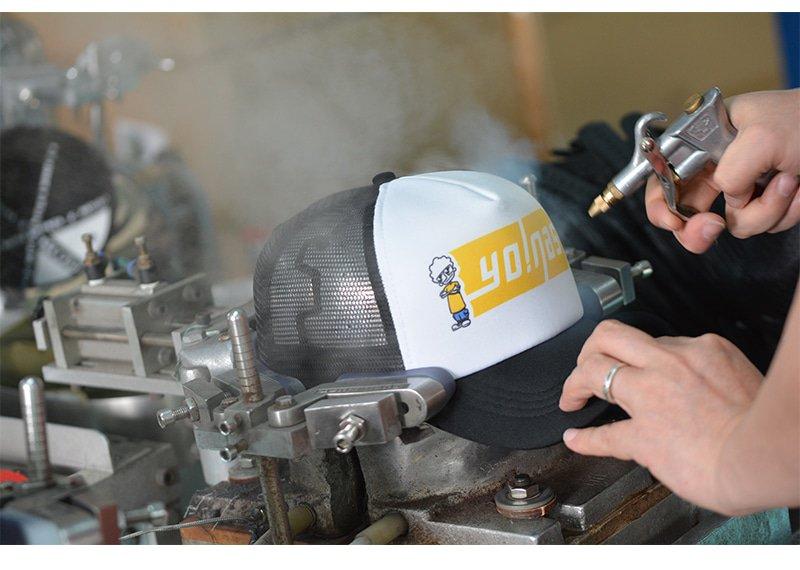Eastern vs. Semi-Western Grip: Choosing the Right Tennis Grip for Your Game

In the world of tennis, the choice of grip can significantly impact your performance on the court. Two popular grips that players often contemplate are the Eastern grip and the Semi-Western grip. Each grip has its own set of advantages and disadvantages, and understanding the differences between them is crucial for players looking to enhance their tennis game. In this article, we will compare the Eastern and Semi-Western grips, exploring their characteristics, use cases, and how to choose the right one for you according to Surprise-Tennis.com.
Contents
The Eastern Grip
Characteristics:
The Eastern grip is a fundamental and versatile grip used by many tennis players, particularly beginners and intermediate players. In this grip:
- The base knuckle of the index finger (the knuckle closest to the palm) is placed on the third bevel of the tennis racket handle. For a right-handed player, this grip position is roughly around the 1 o’clock mark on the racket handle, and for a left-handed player, it is around the 11 o’clock mark.
- The rest of the fingers naturally wrap around the handle, with the thumb resting against the backside of the handle.
- The Eastern grip allows for a more neutral and straightforward swing path, making it suitable for both forehand and backhand strokes.
Advantages:
- Versatility: The Eastern grip is highly versatile, making it suitable for both forehand and backhand shots. This adaptability is beneficial for players who want to have a consistent grip for different strokes.
- Control: With the Eastern grip, players can easily control the direction and placement of their shots, allowing for precise and accurate ball placement.
- Transition Ease: Many players find it easier to transition from other grips (such as the Continental grip for serving) to the Eastern grip due to its more neutral nature.
Disadvantages:
- Limited Topspin: While the Eastern grip allows for topspin, it may not produce as much topspin as the Semi-Western grip. Players who rely on heavy topspin shots may find the Eastern grip somewhat limiting.
- Less Power: Compared to grips like the Semi-Western or Western, the Eastern grip may generate less power on groundstrokes, which can be a disadvantage in power-focused play.
The Semi-Western Grip
Characteristics:
The Semi-Western grip is a popular choice among professional and advanced tennis players, particularly for their forehand shots. In this grip:
- The base knuckle of the index finger is placed on the fourth bevel of the tennis racket handle. For a right-handed player, this grip position is around the 2 o’clock mark on the racket handle, and for a left-handed player, it is around the 10 o’clock mark.
- The rest of the fingers naturally wrap around the handle, and the thumb rests against the backside of the handle.
- The Semi-Western grip encourages a more upward and angular swing path, allowing for greater topspin production.
Advantages:
- Topspin Generation: The Semi-Western grip excels at generating topspin. This added spin helps shots clear the net and then dip down into the court, making it more challenging for opponents to return.
- Power and Control: Players who use the Semi-Western grip can harness both power and control effectively. The topspin helps with control, while the grip’s angular swing path allows for more power on the shot.
- Net Clearance: The topspin created with the Semi-Western grip helps shots clear the net with a higher margin of safety, reducing the risk of hitting the net and increasing the chances of the ball landing in the court.
Disadvantages:
- Forehand-Centric: While the Semi-Western grip is excellent for forehand strokes, it may not be as versatile for backhand shots. Players who use this grip may need to make grip adjustments when switching to a one-handed backhand or a two-handed backhand.
- Learning Curve: Transitioning to the Semi-Western grip may take time, especially for players accustomed to the Eastern grip or other grips. It requires adjustments in swing path and timing.
Choosing the Right Grip for You
The choice between the Eastern and Semi-Western grip ultimately depends on your playing style, skill level, and personal preferences. Here are some factors to consider when making your decision:
1. Playing Style:
- If you prefer a versatile grip that works well for both forehand and backhand shots and emphasizes control, the Eastern grip may be a better fit for you.
- If you want to add more topspin to your forehand and are willing to put in the time to adjust your technique, the Semi-Western grip can help you achieve that extra spin and control.
2. Skill Level:
- Beginners and intermediate players may find the Eastern grip more manageable due to its simplicity and adaptability.
- Advanced players who are looking to fine-tune their forehand and add topspin may benefit from switching to the Semi-Western grip.
3. Coach’s Recommendation:
- Consulting with a tennis coach or instructor can provide valuable insights into which grip is better suited to your game. A coach can assess your technique and playing style and recommend the grip that aligns with your goals.
4. Experimentation and Adaptation:
- It’s not uncommon for players to experiment with different grips to find what suits them best. You may discover that you prefer a certain grip for your forehand and another for your backhand. Be open to adaptation and continuous improvement.
5. Long-Term Goals:
- Consider your long-term goals in tennis. If you’re dedicated to improving your game and reaching higher skill levels, investing time in adjusting to the Semi-Western grip for your forehand may be worthwhile.
In conclusion, the Eastern and Semi-Western grips each offer unique advantages and challenges. Ultimately, the choice of grip should align with your playing style, skill level, and goals. Remember that switching grips may require adjustment and practice, but it can lead to significant improvements in your tennis game. Whether you choose the versatility of the Eastern grip or the topspin advantages of the Semi-Western grip, mastering your chosen grip is a crucial step toward becoming a more effective and well-rounded tennis player.






